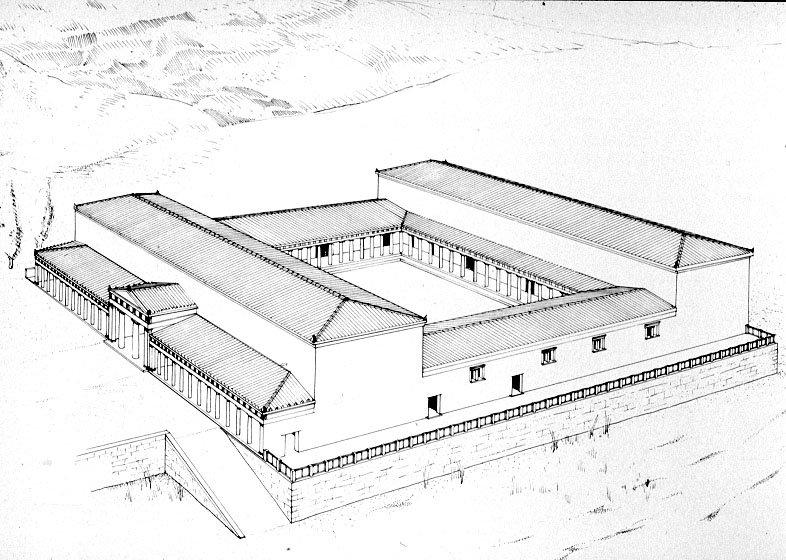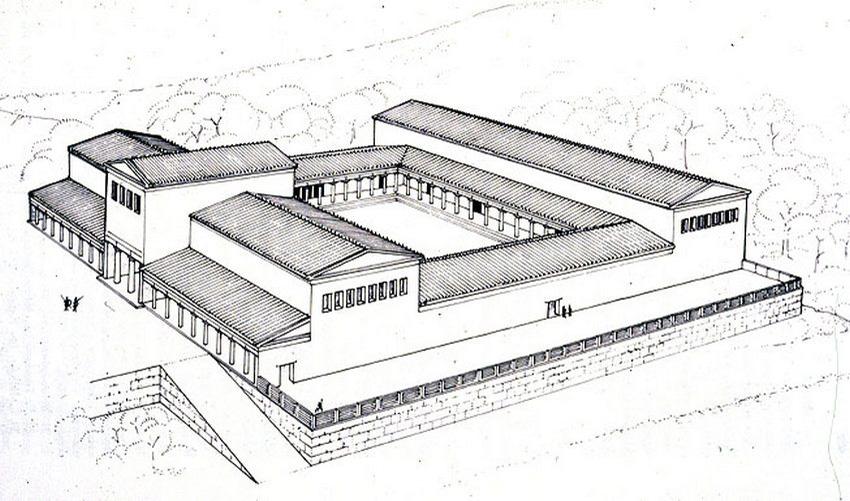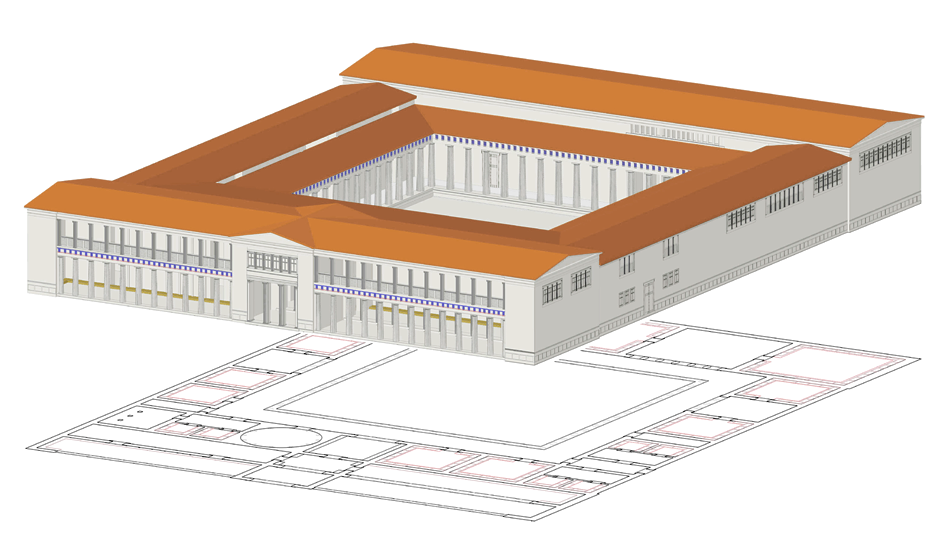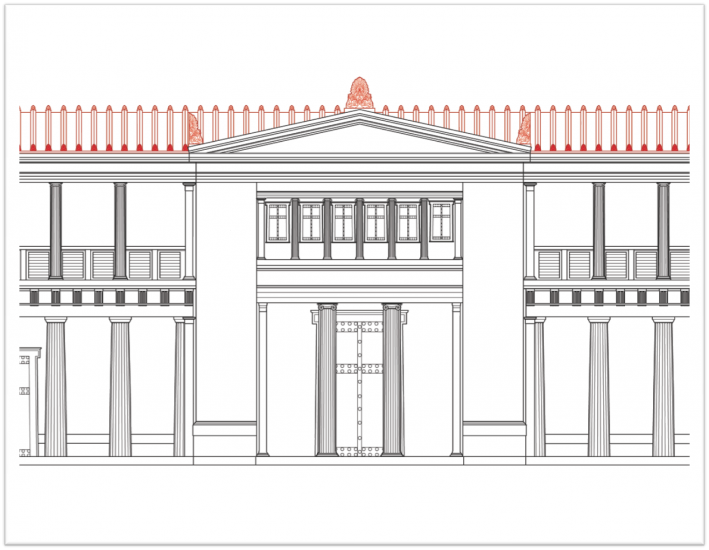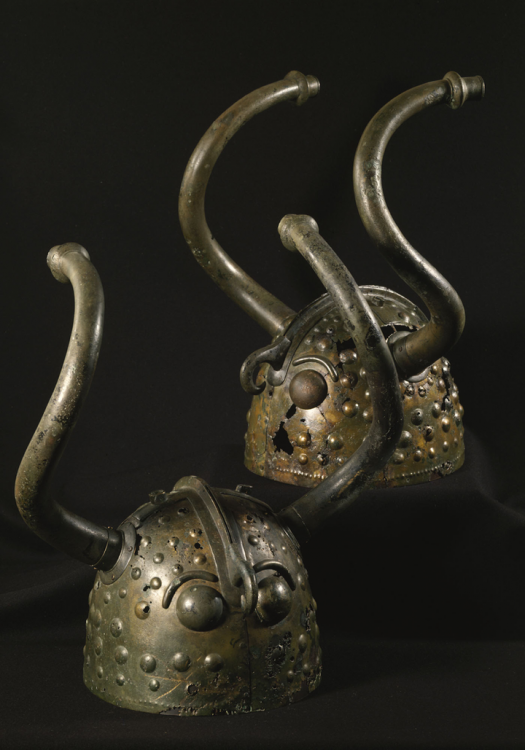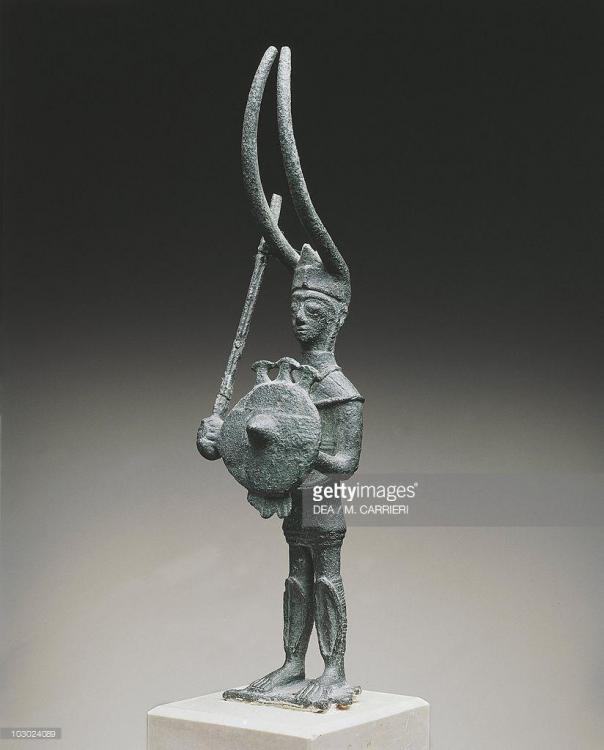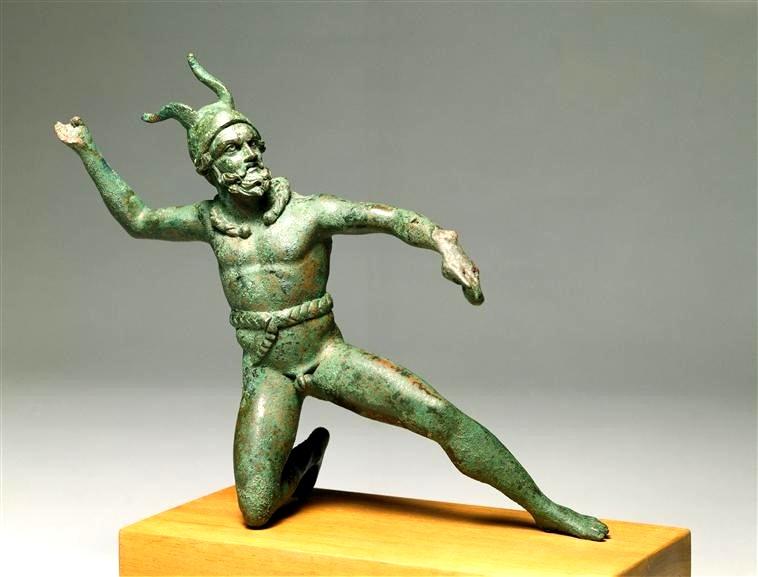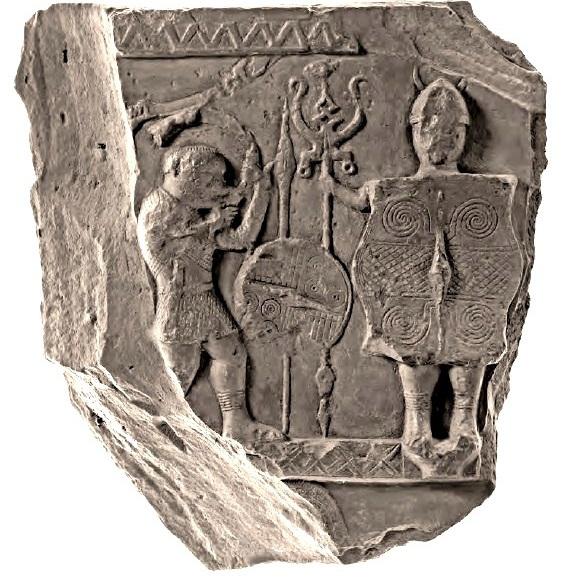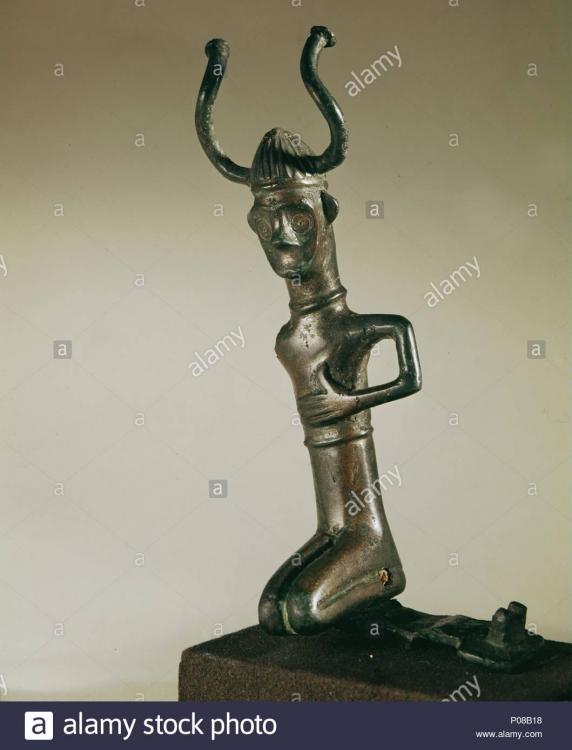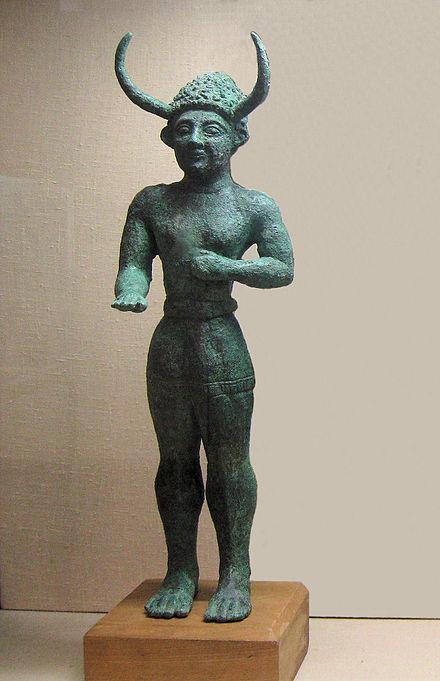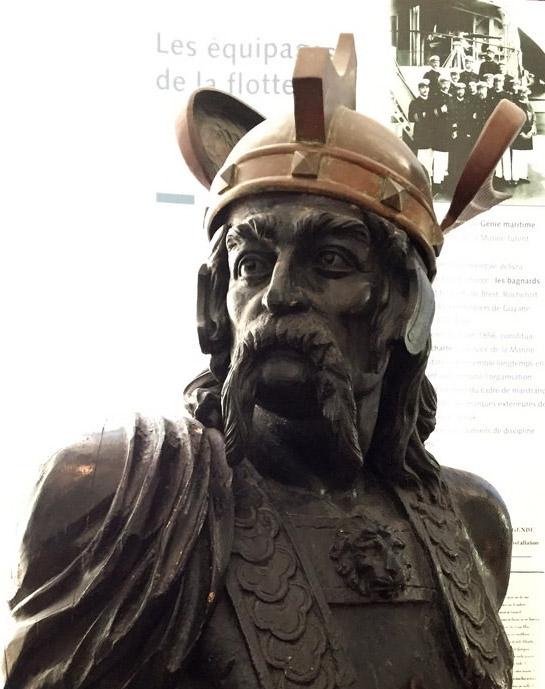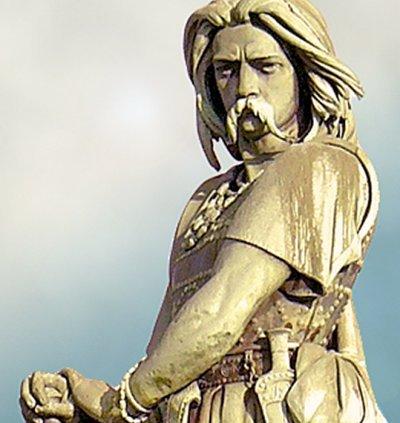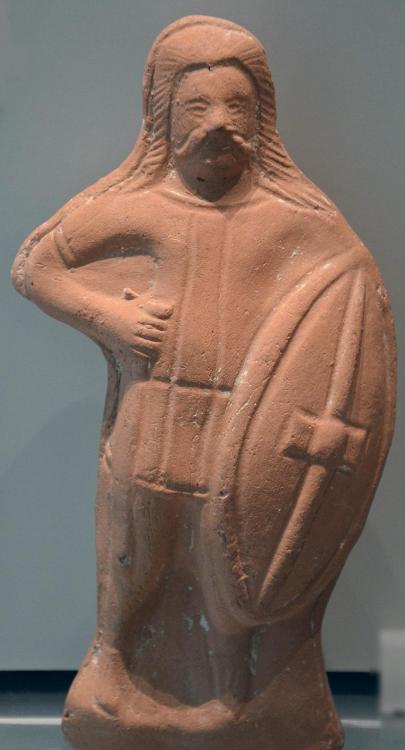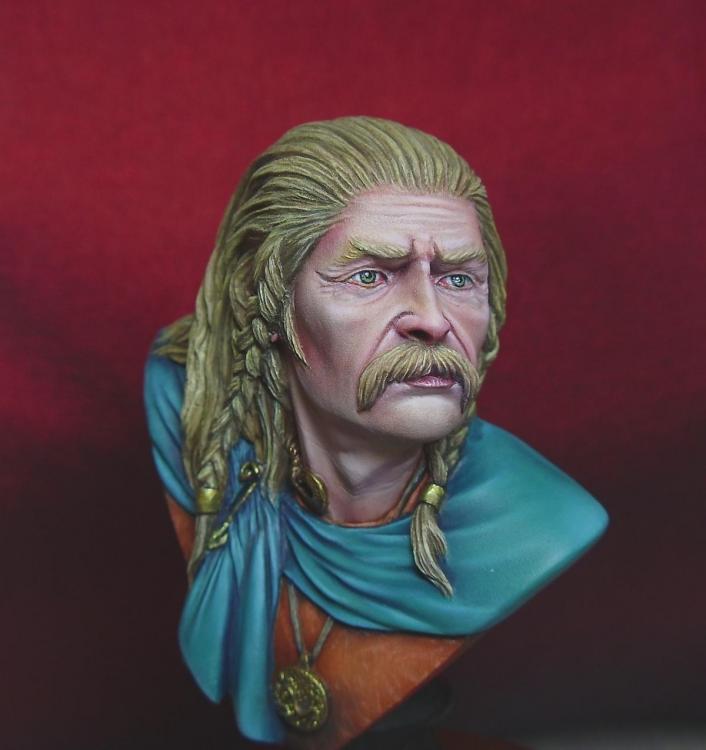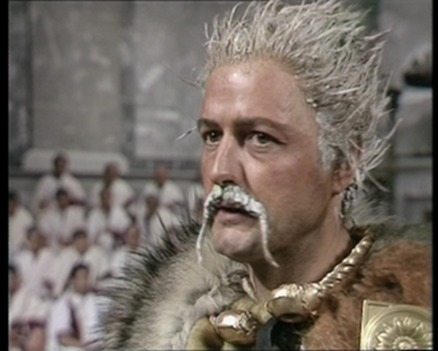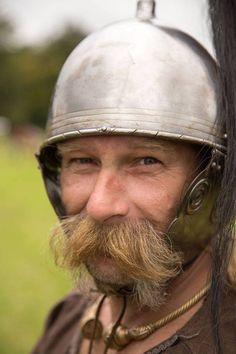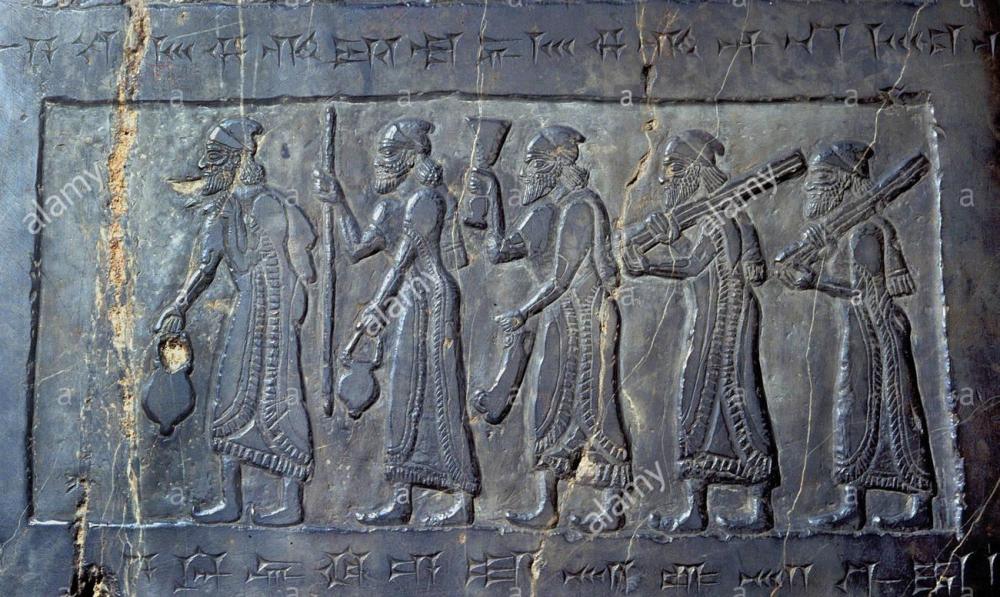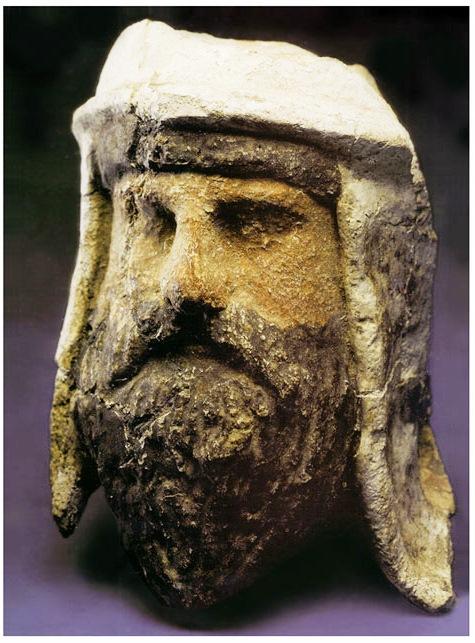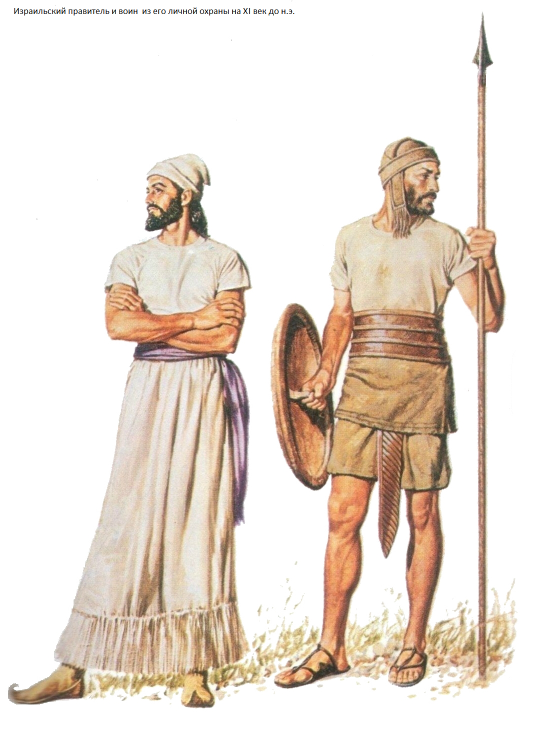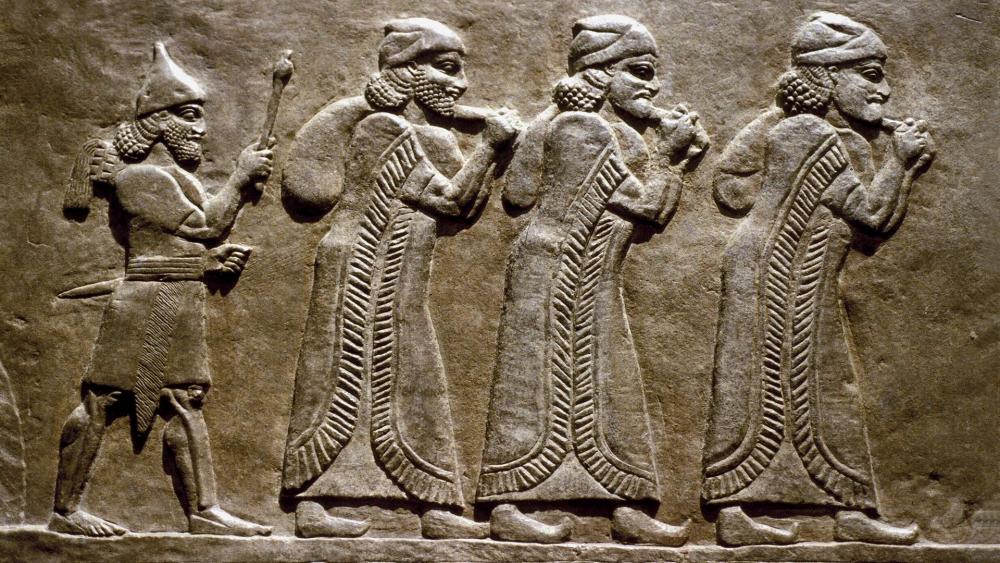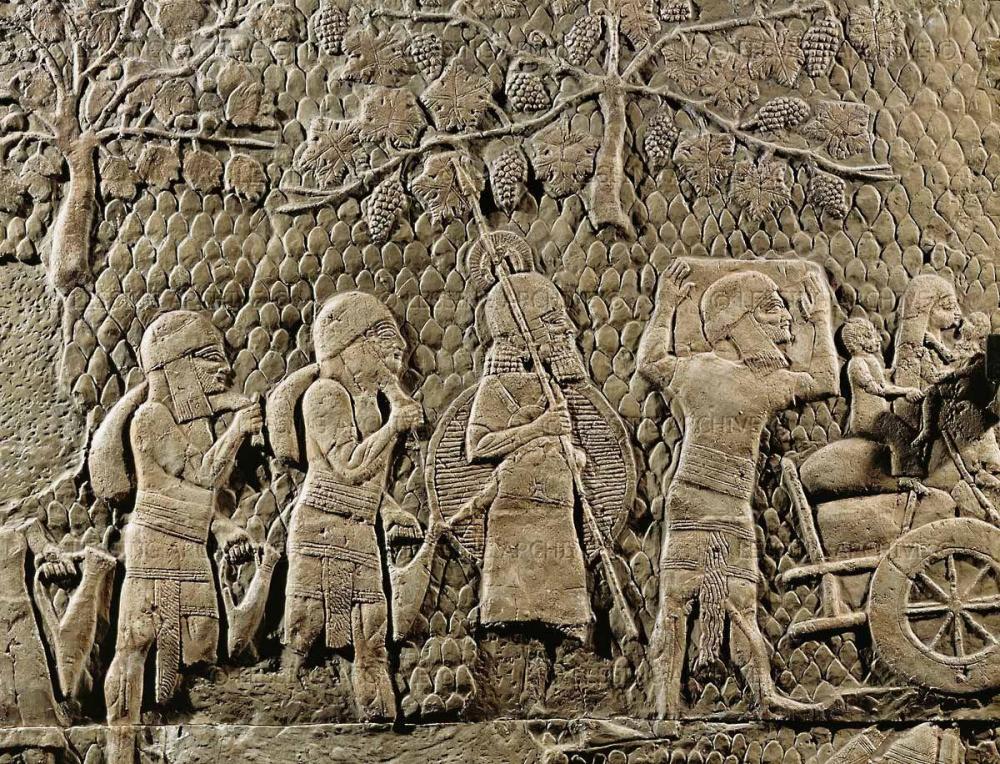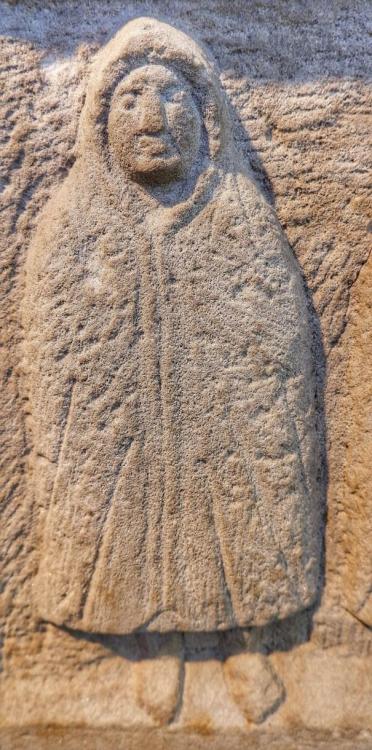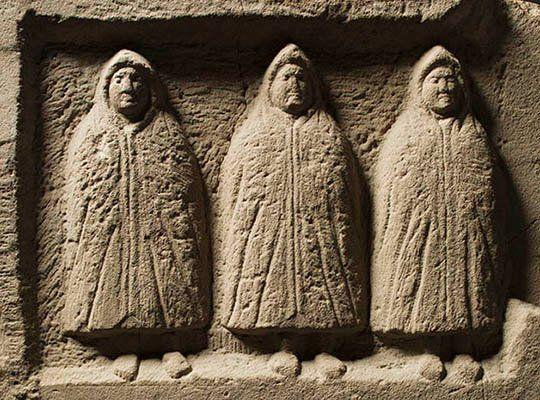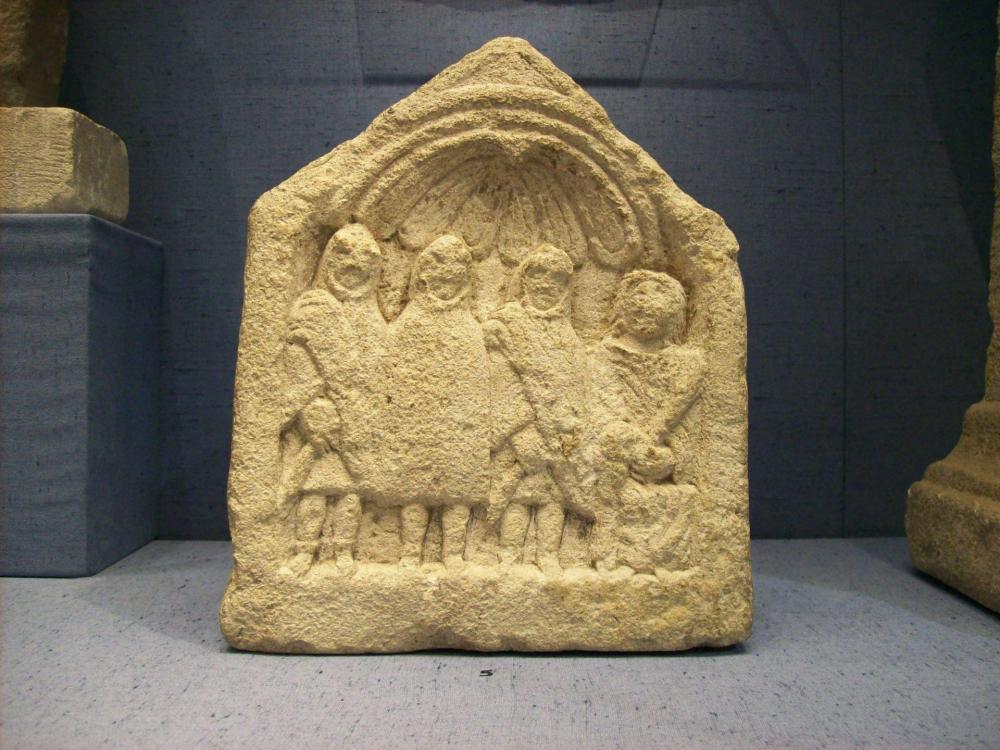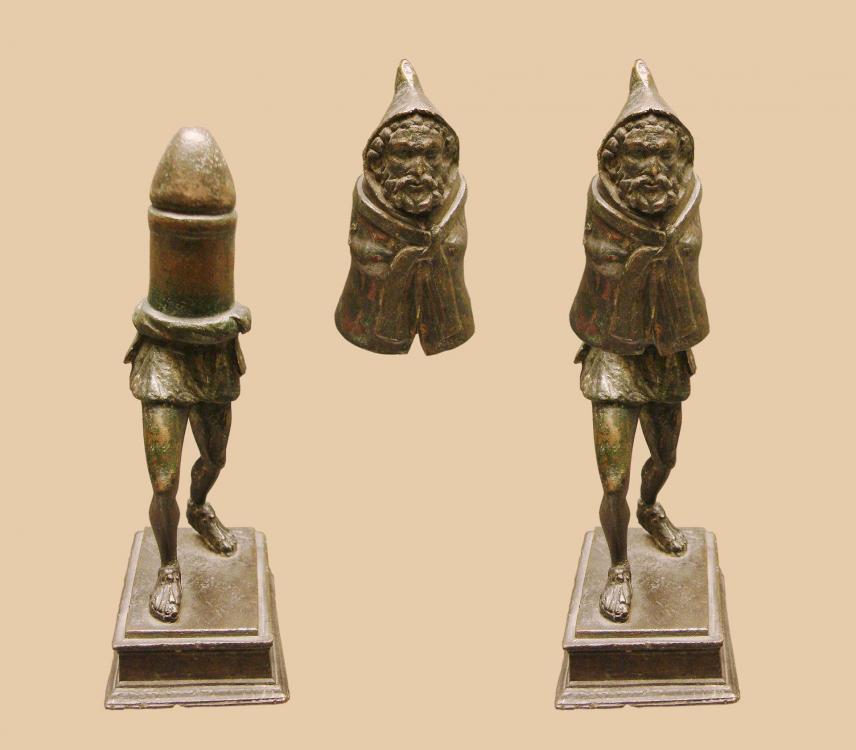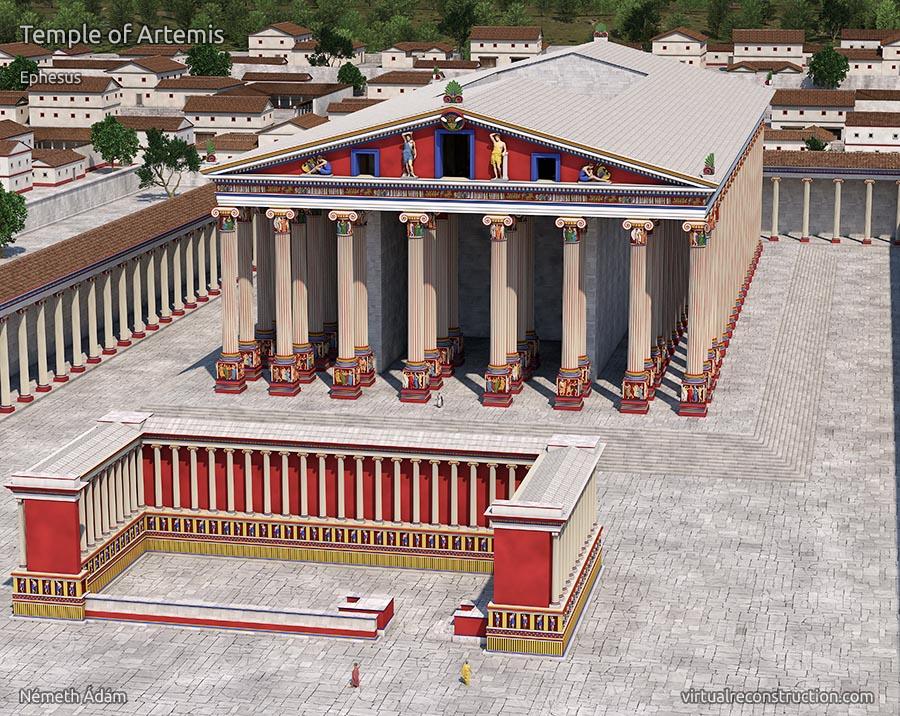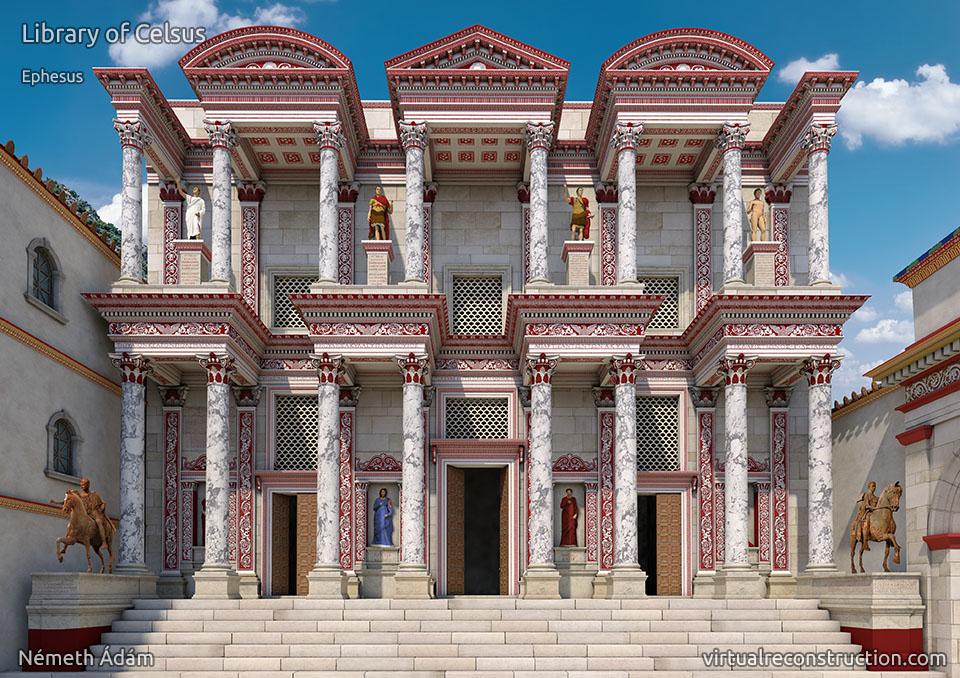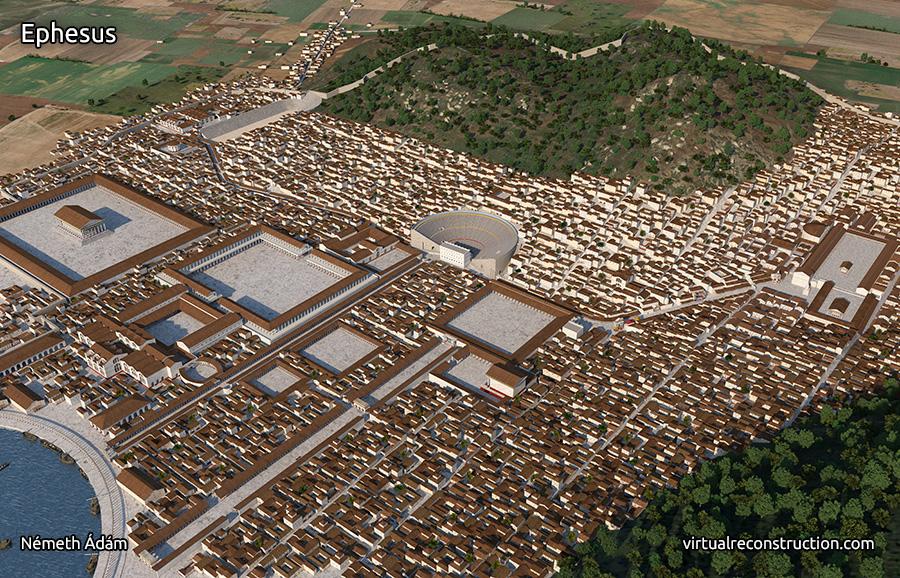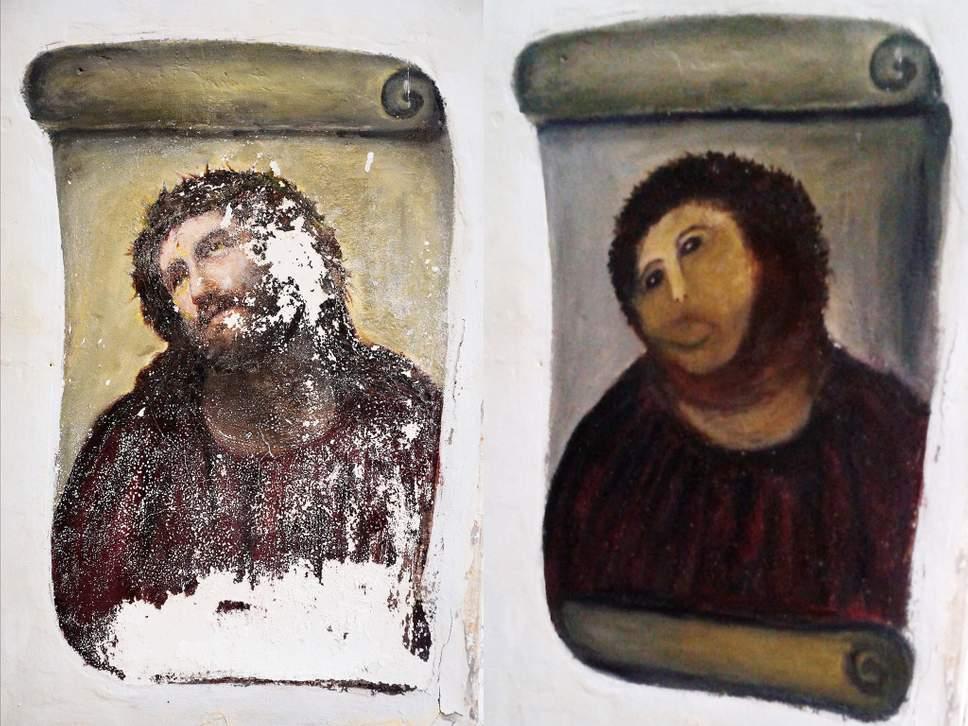-
Posts
2.332 -
Joined
-
Last visited
-
Days Won
60
Everything posted by Sundiata
-
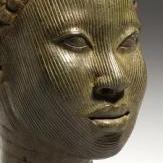
Audio Design 5 - Voice List
Sundiata replied to Acumen's topic in Game Development & Technical Discussion
Wiki is updated for Kush https://trac.wildfiregames.com/wiki/Audio_Voice_List I don't understand what is going on with the Mauryan one... It looks like it's having a mental breakdown in every language but Sanskrit, or Prakrit, or whatever language Mauryas are supposed to speak in-game... -

===[TASK]=== Removing all carpets from the game
Sundiata replied to Anaxandridas ho Skandiates's topic in Official tasks
@stanislas69, something similar... Here are some examples of grass/reed mats from Ancient Egypt and the Levant, followed by some much more recent antique traditional Tuareg grass mats from Mauritania and Mali with color, to give you an idea of how colored versions of these mats may have looked like in the past. -

===[TASK]=== Removing all carpets from the game
Sundiata replied to Anaxandridas ho Skandiates's topic in Official tasks
We shouldn't rush to remove all carpets from the game, as the title of this thread says. Although they were definitely a status symbol (those types of carpets still are), they were definitely known as far as Greece. To what extent they were present is difficult to gage, but it's a fair assumption that they were rare. Reed mats would have been far more common, and are probably more appropriate for those Ptolemaic (and other) rooftops. The thing is that reed mats can be highly decorative (even colored) as well. The second point is that Pazyryk rug is dated to the 5th Century BC, and was already highly developed, showing strong similarity to later, and even modern carpets from the Middle East. Carpets are made from organic materials which don't preserve well at all, making it very difficult to make absolute statements about how common or not they were. The only reason the Pazyryk rug was preserved so well is because it was found frozen in ice, in Siberia! Another testimony of how widely they were traded (originally believed to be from Armenia). If the carpet was really manufactured in Armenia in 5th century BC, then those types of carpets were being woven in the Persian satrapy of Armenia, and the later Hellenistic Kingdom of Armenia as well... These carpets were woven on a crossroad between East and West... Plenty of nomadic traders around to spread them far and wide, such as the Scythians. To summarise: replacing carpets with reed mats for common structures is not a bad idea. Don't remove carpets from elite structures like palaces and temples. -

Avoiding endless lines from barracks
Sundiata replied to Anaxandridas ho Skandiates's topic in Gameplay Discussion
Formations being broken doesn't mean that they're not being used, or going to be fixed eventually. I never use them in combat, but I wouldn't give them up for the world either. The grandiose military victory parade at the end of each SP match is the cherry on the cake for me... -

===[COMMITTED]=== Library icon wrong
Sundiata replied to Anaxandridas ho Skandiates's topic in Completed Art Tasks
-

Hellenistic royal courts - VALUABLE
Sundiata replied to Anaxandridas ho Skandiates's topic in General Discussion
The ground plan of the temple is known, and "the brickwork is preserved to 7m in height, but has only been excavated in a few places". They used the inclination of the stairs as an indication of the original height. Glazed bricks in the ruble were used to provide information for the reconstruction. Sumerian architectural traditions are also well studied... Check video with a little info: https://vimeo.com/62772222 Pretty sure it's as good as it gets. -

Hellenistic royal courts - VALUABLE
Sundiata replied to Anaxandridas ho Skandiates's topic in General Discussion
I think we're avoiding alternate history timelines. Do you have other examples of monumental Macedonian architecture, like the Philippeion, for example? -
@Genava55 it's weird, yes. I think there are a lot of things from the Neolithic and Bronze Age that will remain shrouded in mystery, but might help explain some widespread phenomenon. I agree that they probably had some ritual use, not combat, per se. No need to depict it in-game, in my opinion. But still interesting. The horns on many of those horned helmets are similar to the horns of aurochs and ancient cattle breeds. The appearance of cattle herding cultures in the European Neolithic fundamentally changed things. I think it's fair to assume there were associated cattle cults. See how widespread bucrania are, for example...
-

Hellenistic royal courts - VALUABLE
Sundiata replied to Anaxandridas ho Skandiates's topic in General Discussion
Seems interesting and worth the read... Funny, because I was collecting some visual references for Hellenistic palaces, to help differentiate them from the Hellenic Civic Centers in-game. I like the two storied facade of the Macedonian palace of Aigai in particular, which could be a very useful ref for @LordGood. Since you've done such an amazing work, on everything really, but especially seen the latest updates to the Athenian and Spartan civs, this could help you along a little further. I'm not an expert though, and I find it difficult to assess the accuracy of the refs (on account of the variety in interpretations), maybe @Anaxandridas ho Skandiates or @Nescio could discuss them a little more in depth. The Macedonian palace at Aigai (Vergina), https://www.aigai.gr/en/explore/museum/palace/aiges/vergina Slightly different interpretations. Macedonian palace at Pella, http://pella.virtualreality.gr/en.html The Tobiad palace of Qasr al-Abd, in Iraq al-Amir, Jewish Hellenistic architecture in Jordan. Some kind of governors residence under the Ptolemaic Dynasty. May have fallen into disuse after the Seleucid conquest of the region. https://books.openedition.org/ifpo/4894 Another thing I've been meaning to bring up. The Seleucids are one of my favourite civs in game. Their building models looks gorgeous! My problem with them is that someone who's unfamiliar with Seleucid history, will be unable to even guess where in the ancient world they were located. There are very little hints about the Middle Eastern empire they ruled. I suggest adding the "Bit Resh" as a special building to their building roster. The Bit Resh was a large temple complex dedicated to Anu and Antum, and featured magazines and "administration and scientific archives", apparently attached to a scribal school. It was built by Anu-Uballit Nikarchos, governor of Hellenistic period Uruk. Yes, that 5000 year old city was also an important centre under the Seleucids. It's built in a revived classical Sumerian/Babylonian architecture in 244 BC, which makes it rather special, and emphasises the complicated cultural context of the Seleucid Empire. http://www.artefacts-berlin.de/portfolio-item/uruk-visualisation-project-the-seleucid-period/ -
@Genava55 I suspect that the horned helmets are pretty widespread European Bronze Age thing, that survived into Celtic times.
-
How about some epic moustaches as a separate prop for the nobles? To emphasize the epic Celtic moustache (without beard). Even with some of those epic braids hanging from the side of their heads, considering how much detail the helmets have now?
-

Economy and Citizen-Soldier Movement Speed
Sundiata replied to Philip the Swaggerless's topic in Gameplay Discussion
Why can't citizen soldiers just be citizens when they're working? When you get attacked, sound a specific horn, and your citizen soldiers (still in citizen attire) run fast to the nearest barracks and are equipped with weapons and armor. Now barracks have another function, other than just recruiting, and would make them and their positioning more important. It would make defending a more deliberate act. It would also emphasize the difference between militia type citizenry and a professional standing army of mercenaries and champions, which may or may not be accompanied by citizen soldiers called up for combat. It would also make ambushing defenseless workers more viable. -
I'd love to be able to give you more detailed info. I'm curious about the use of head covers among Arab and Judean populations in antiquity myself, but I can't find much. The Keffiyeh is said to have evolved from an ancient Sumerian head covering, the Shemagh, but it's all a little vague, and I can't find any clear depictions of it from the levant in antiquity. They are often portrayed in popular culture, but I'm not sure what they're basing it on. Simple, slightly conical felt(?) caps were a thing... A simple headband was also common. The last two pictures you shared aren't Seleucid units, but are Beja people (typical afro/locks), from Sudan (see the Blemmye mercs for the Kushites). I suspect that the guy who painted the models just adapted 19th century Beja units from a Mahdist pack and outfitted them with a Thyreos to make them fit in more.
-
Sure, no problem. I was just thinking of not letting the healer/priest unit look too much like a warrior (seen as the game is already full of warriors of every kind). You'll mostly be seeing them from a distance, zoomed out, which might make them even less recognizable. What are your opinions on the Romano Cletic Hooded Spirits, Genii Cucullati, as an inspiration for the druids, or would that be inappropriate?
-
For recognizability sake, why not give him long white/grey hair and a beard? Might be a bit stereotypical, but considering the lack of detailed descriptions/depictions, why not? He should look a little mystical, no?
-

Antiquity Expert's Main Thread
Sundiata replied to Anaxandridas ho Skandiates's topic in General Discussion
Hmmm, So you consider this laughable non-sense of an abject quality? Again, seems a bit harsh (especially considering that guy reconstructed the actual city of Ephesus for Nat Geo, not just those two buildings) I'm actually quite enjoying his website http://virtualreconstruction.com/wp/?paged=1 True, the color schemes might not be historically attested, as indicated by the artist himself, but I think those renders look really great, regardless. Historians and most self respecting history enthusiasts know that many details, especially things like color schemes, finishings and props in artist renditions are something to be cautious about. Where this particular artist didn't get the colors exactly right, he made up for in 3 dimensional awesomeness. But I guess that's just my opinion. Don't get me wrong, we should always strive for the highest level of accuracy, colors included. I just don't think artists and even researchers should be derided for not getting every single color exactly perfect. Constructive criticisms are better. Explaining exactly which colors are wrong, and how they should be improved in future iterations is far more valuable for artists. Historical reconstructions including artists renditions are often works in progress, that are revised (or redone), or can serve as inspiration for improvements by future artists as more information becomes available. -

Antiquity Expert's Main Thread
Sundiata replied to Anaxandridas ho Skandiates's topic in General Discussion
@Anaxandridas ho Skandiates Yes, I noticed that they glossed over the lacquer finishing, pun intended... But to say that they are useless and fake is a bit harsh, don't you think? They put an incredible amount of work into it, which I'm yet to see repeated, let alone improved by other teams of experts. I don't think they're too far off, perhaps not a mythical "100%", but nothing a little "varnish" can't fix... I mean, it's nothing like the Spanish Jesus fiasco: It's like making out Outlaw King to be Braveheart. They tried... The final result wasn't too shabby. -

Antiquity Expert's Main Thread
Sundiata replied to Anaxandridas ho Skandiates's topic in General Discussion
Sure, no problem. I'm going to open a research thread on the Greco Bactrian Kingdom sometime soon. I'm sure you'll be able to provide us with all the Greek literary sources (as there are only very few) Just some closing remarks from my end. Would you care to elaborate? I thought the color reconstruction of the Alexander Sarcophagus was legit? Did I miss something? https://j4communications.com/files/2014/12/DSM_Alexander_A4_eng_finalLR-copy.pdf -
I wish you all the strength, time, motivation and patience to continue your marvelous contributions, whichever they may be
-
But there are quite a number of Celtic swords with surviving hilts (or intact enough to discern their length), including La Tene period swords. None of the ones I've seen so far seem to be long enough to accommodate 2 hands. If the degradable materials that made up the hilts were much longer than the tang, I suspect it would break off in your hands when applying a lot of blunt force, which is kind of the whole point of two handers.
-
I'd just like to say that I'm excited about all this. @Genava55 is basically doing what I was planning to do (eventually), only better... I haven't nitpicked every single one of his references, but those that I have all check out. In addition, almost everything he is bringing up seems to be in line with my own understanding of Celtic culture (not based on Asterix and Obelix, TW, or crappy Hollywood). I'm rather impressed (by his ability to convince me that La Tene period Gauls didn't, use round shields ), and I believe that, of all the active community members, Genava is the most "qualified" to lead the push for historically accurately updating the Celtic civs. I don't know anything about Celtic languages so I have no opinions on the naming used for units etc. I don't see any glaring issues with his proposals. Some of my personal issues with the Celtic civs, which I have brought up multiple times before, in order of offensiveness, are: Stonehenge, haphazard mixing of iconic Gallic and British equipment, those temples and lack of authentic special buildings etc. Most of it has been addressed in genava's suggestions as well. Of course, healthy debate is always good, so nit pick away
-
-

Antiquity Expert's Main Thread
Sundiata replied to Anaxandridas ho Skandiates's topic in General Discussion
@Anaxandridas ho Skandiates, I do understand where you are coming from, and it's difficult to argue about obscurities. It is in the absence of plentiful literary sources that I turn to the archaeological record. Being most familiar with Ai Khanoum, it is clear from that site that the Greco Bactrians did things differently. Most of the structures in this newly built city have strong Achaemenid features, with Greek finishings. Architecture says a lot about a culture, and purely Greek structures are very rare, which is strange for a capital city (Hellenistic remains at Bactra being too scattered to make any conclusions, but considering it's ancient history and importance to Zoroastrianism, which many of the Greeks embraced, it seems unlikely that this city was totally transformed into a "Greek" city the way Alexandria in Egypt was). This is to be expected considering their geographical context. All the other Hellenistic states were surrounded by other Hellenistic states, or states that were (being) heavily influenced by the Greeks. The Greco-Bactrians were surrounded by powerful non-Greek polities, except for their border with the Seleucid empire, which was a peripheral territory for the Seleucids. Their intense contact with the nomadic Scythians (and other steppe people) as well as Maurya India, both radically different from Greeks, and exceedingly powerful in their own right, as well as probably having to contend with local (tribal) rulers and Iranian elites within their territory meant that political manoeuvrings would have been much more important to maintain stability in a potentially volatile cocktail of cultures. The documented conversion of groups of Greeks to entirely non-Greek religions, their occasional service to Indian rulers and the role that Greeks played in the dissemination of Buddhism is also quite noteworthy. Remember that this is where Alexander the Great himself married Roxana of Bactria, and where Alexander himself sanctioned mixed marriages (unlike the ones at Susa, there is little to go on to say that Macedonian-Bactrian marriages ended in failure). It is hard to imagine that either of these events weren't enduring symbols of the multicultural nature of the Greco Bactrian Kingdom. Neither can it be ignored that the first generation of Bactrian born Greeks in all likelihood already included people of mixed parentage. I'm honestly not trying to romanticize it. It's just obvious that Greek culture fused with the local Bactrian traditions, more so than in other Hellenistic states. The centuries old presence of deported Greeks and the relative isolation/distance from the greater Hellenistic world would have only facilitated a more speedy integration of Greeks into a much larger regional system. I'm genuinely curious about the sources saying that the Greeks went "home"? Basically what I'm saying is yes, their ruling class was Greek, but if they ever get developed for 0AD, and the archaeological references are used correctly, their structures are going to end up looking quite different from the other Hellenistic civs. In terms of units, you'd have the basic Hellenistic roster (with some minor unique elements), in addition to Hellenized Persians, Bactrians, Sogdians, Scythians and Mauryan elephants. They'd look and feel quite unique. -

Antiquity Expert's Main Thread
Sundiata replied to Anaxandridas ho Skandiates's topic in General Discussion
This is where I believe the Greco-Bactrian Kingdom differs. Probably on account of the 2 century old presence of Greeks as subject populations deported by the Persians as early as Darius I, prior to the Macedonian conquest. Hellenistic influences in Bactria are all over the place, and remixed, with each other as well as Iranian (and even some indirect Mesopotamian influences, in architecture at least). The conversion of a decent number of Greeks to Buddhism, as well as Zoroastrianism, and the worship of gods like Zeus-Zoroaster. Some mixed marriages seem to have occurred. The architectural layout of sites like Ai Khanoum also demonstrate a departure from Greek norms, using Hellenistic elements as a decorative veneer, but using Achaemenid principles in layout and function, alongside purely Greek structures like the theatre. Being hopelessly outnumbered by a mixed "native" population of Persians, Bactrians, Sogdians, Scythians and Indians, at such a great distance from the Greek homelands, as well as being largely cut off from new Greek settlers necessitated a more delicate approach to ruling their subjects, causing a much stronger and more genuine mixing of cultures. They are easily one of the most divergent Hellenistic civs, which makes them especially interesting in my opinion. Alexanders dream seems to have come to fruition, to a degree at least, in the furthest reaches of his empire. Ironically, one of the most obscure Hellenistic states, the Indo Greek Kingdom was one of the last (if not the last) independent Hellenistic Kingdom.

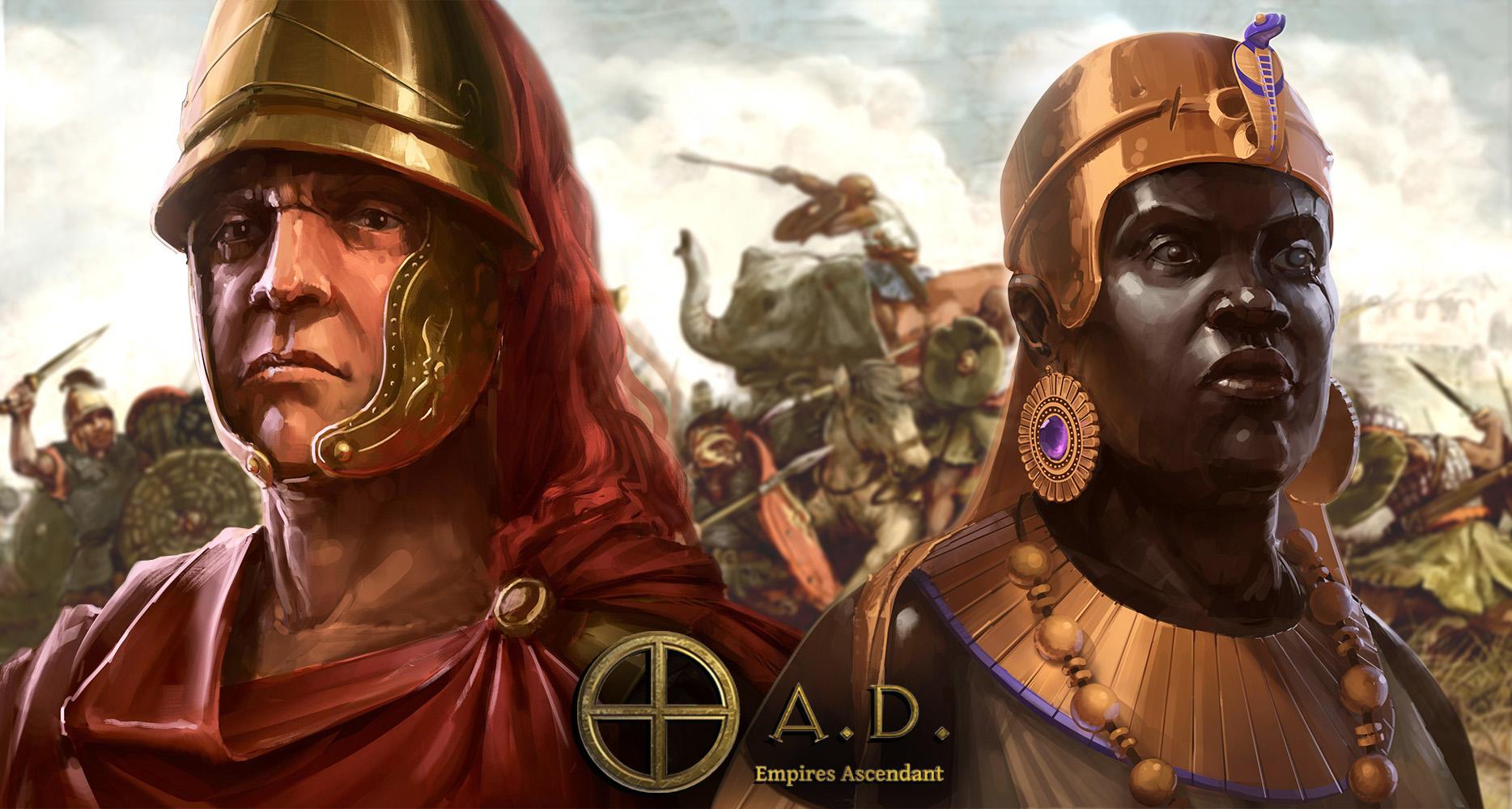

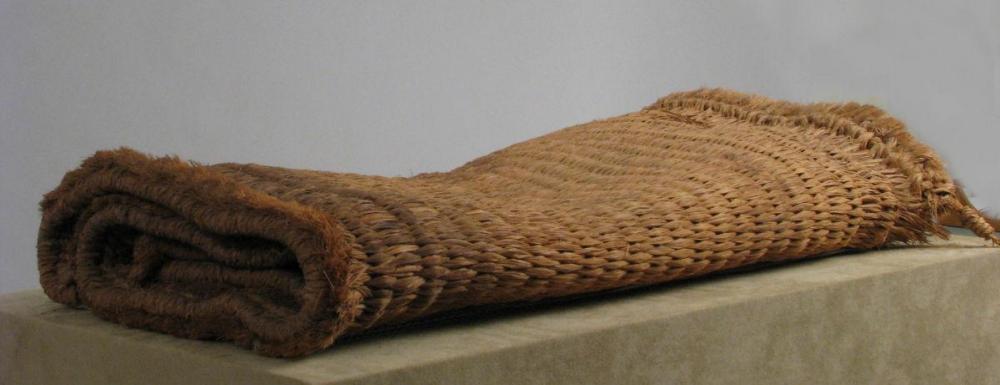
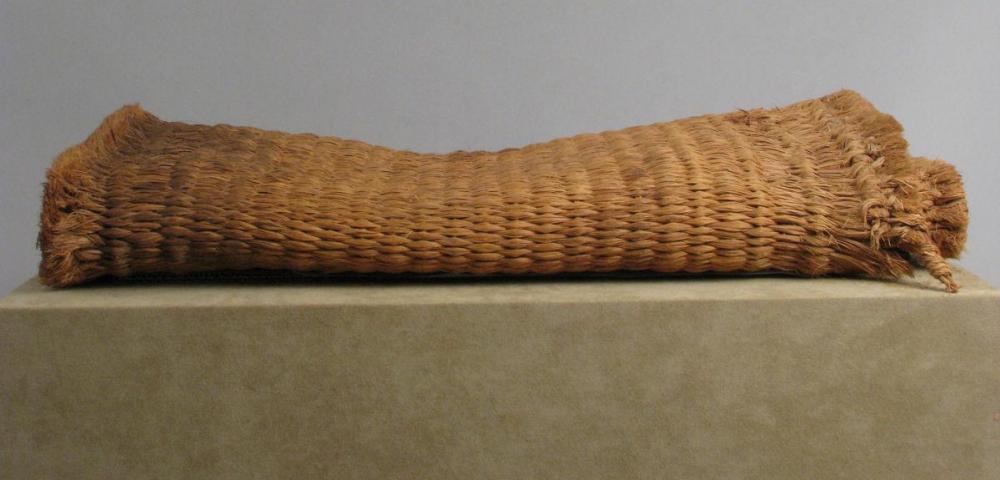
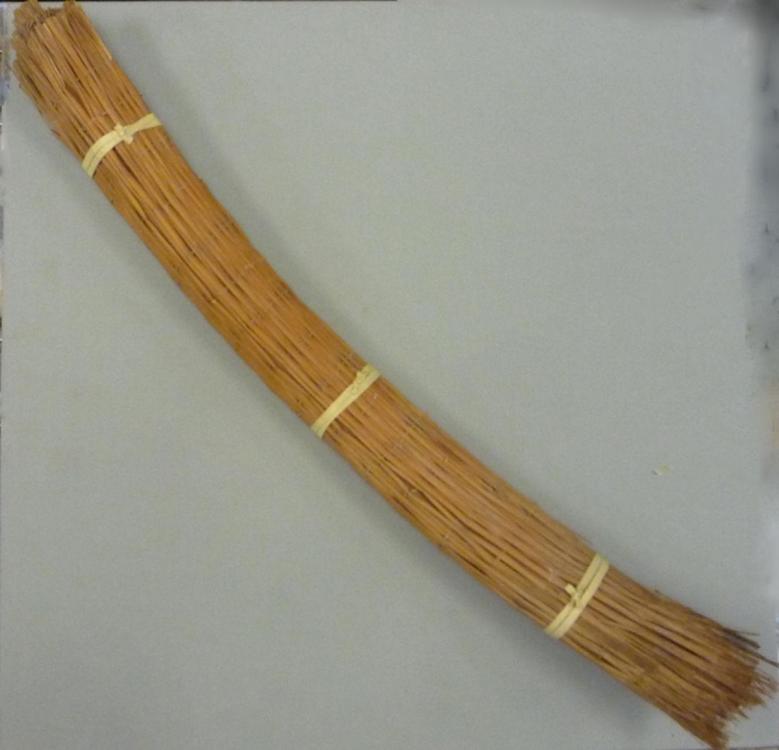
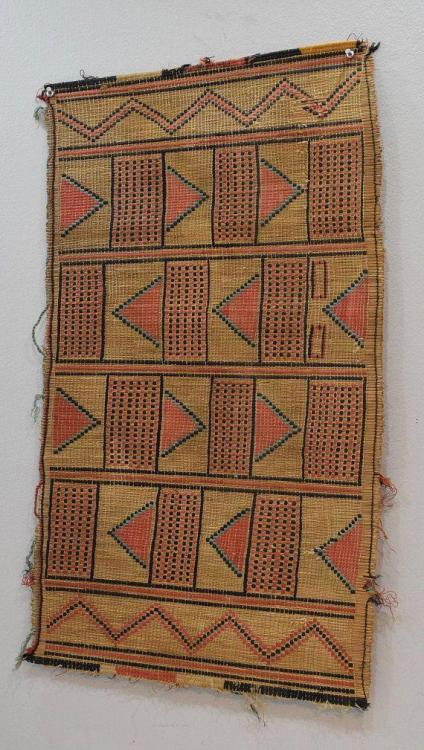
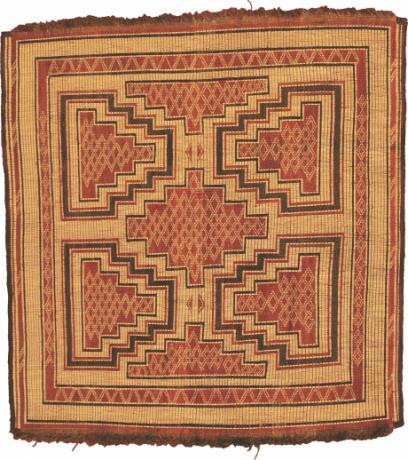
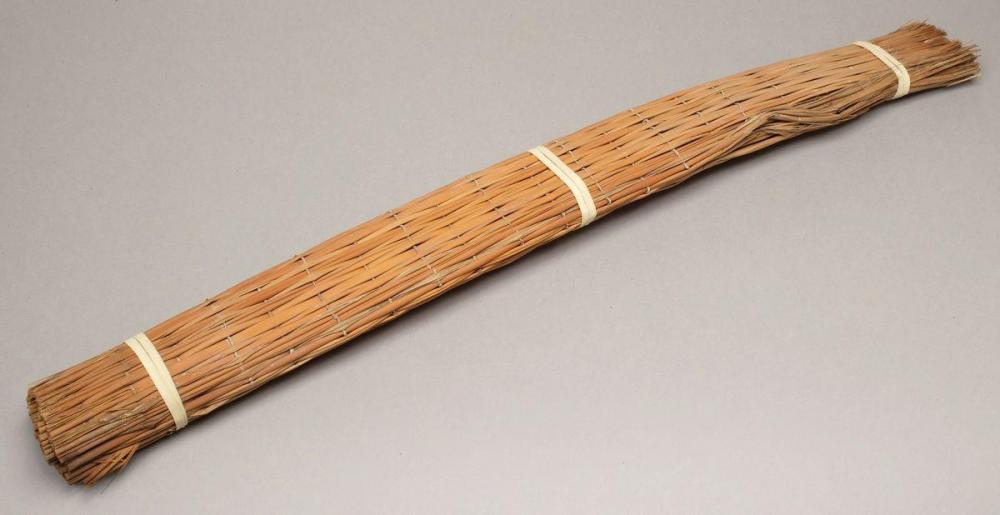

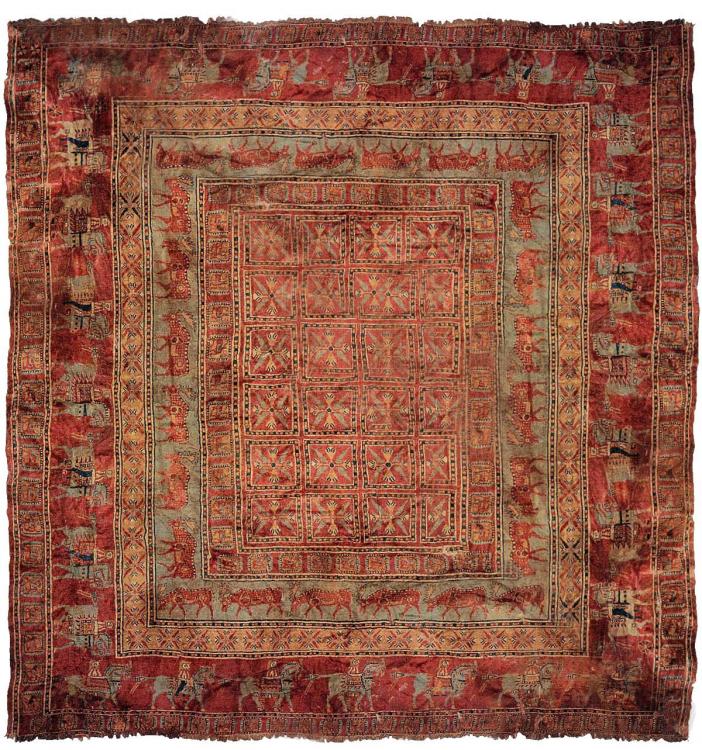
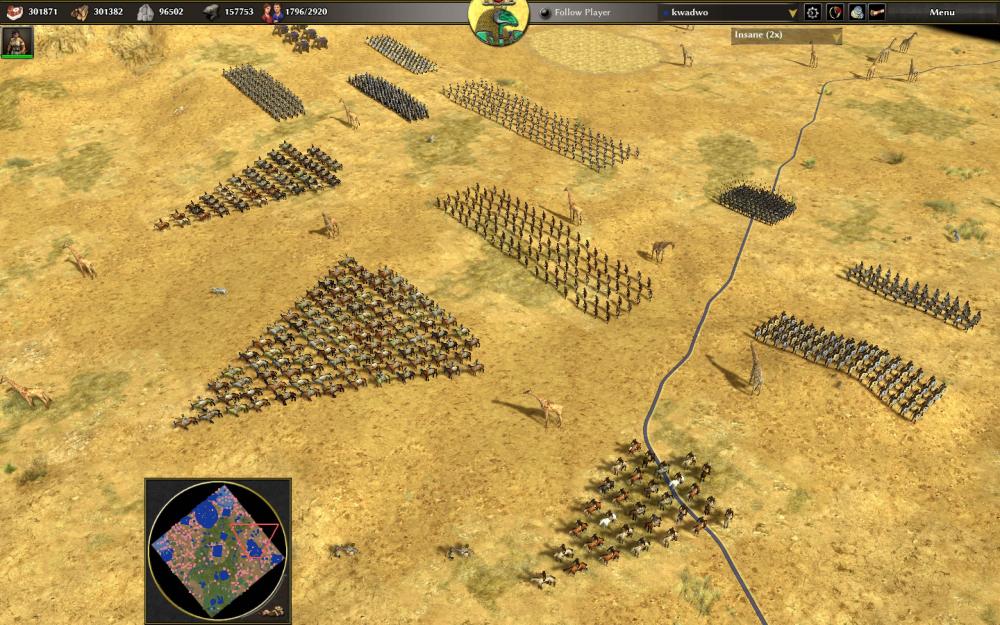
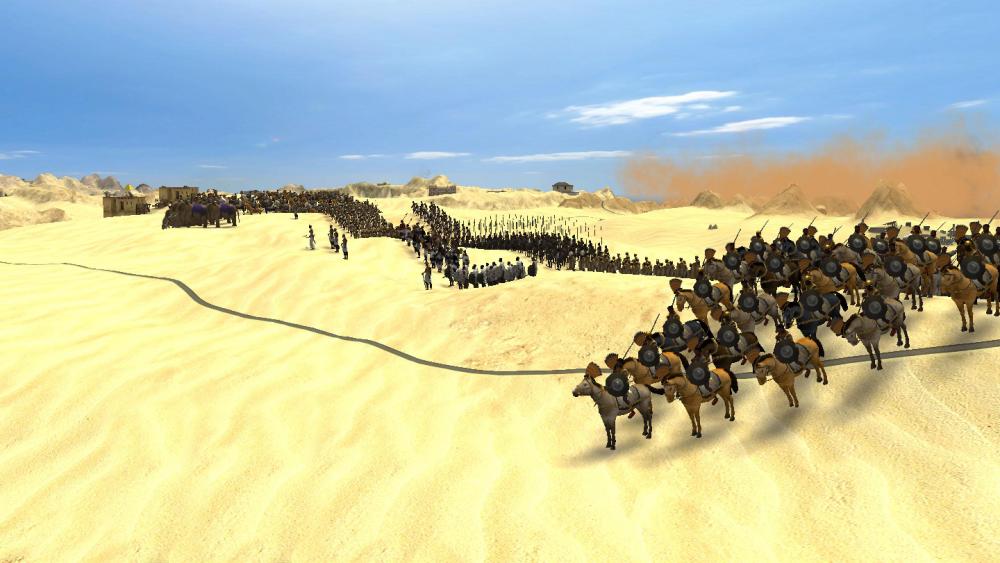


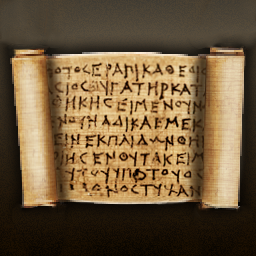
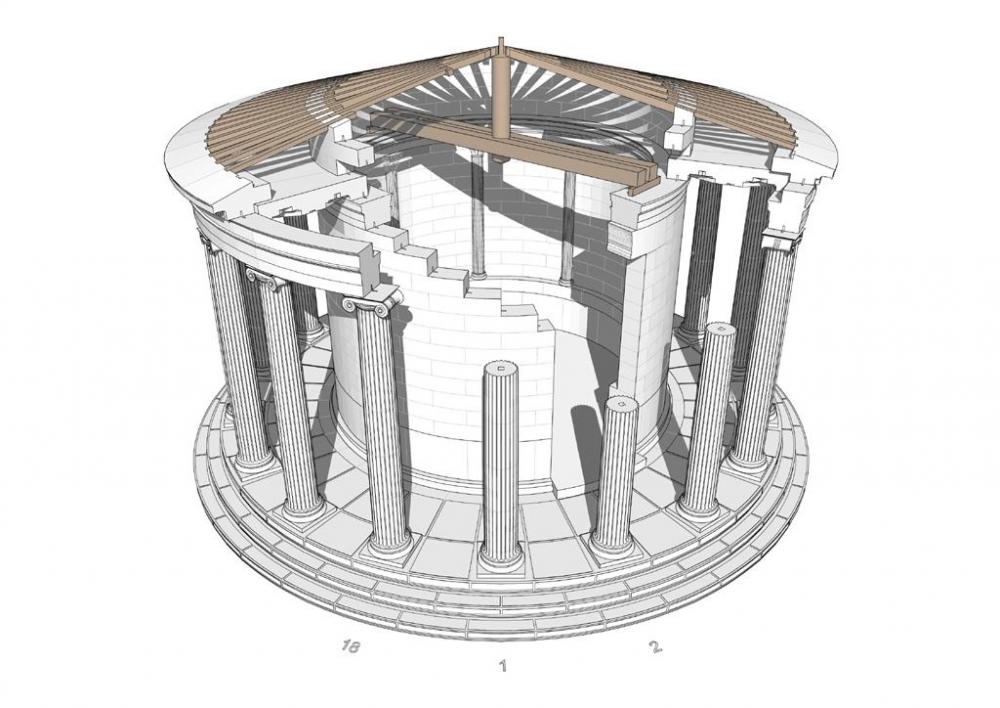
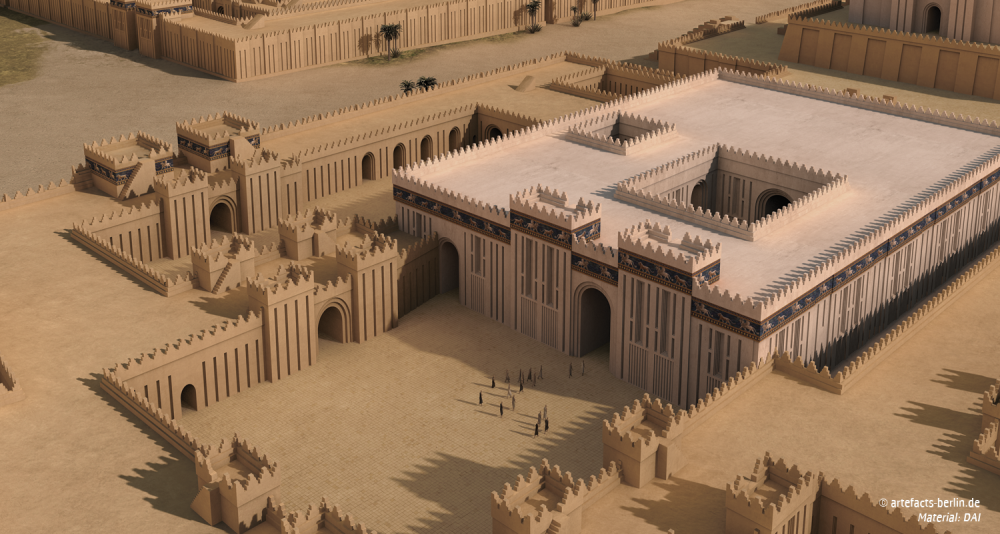
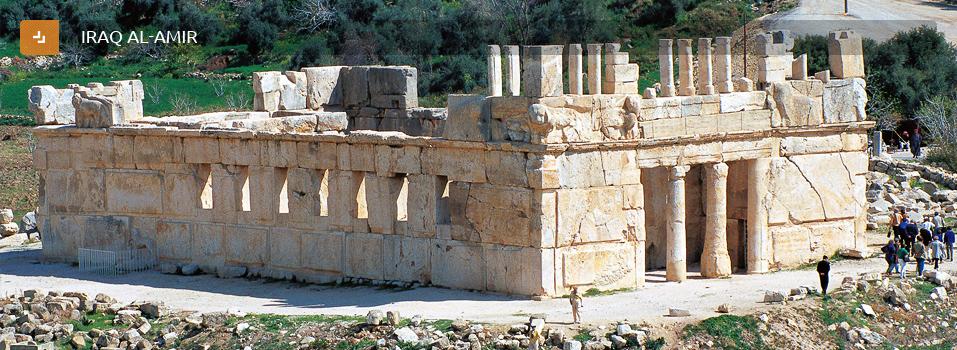
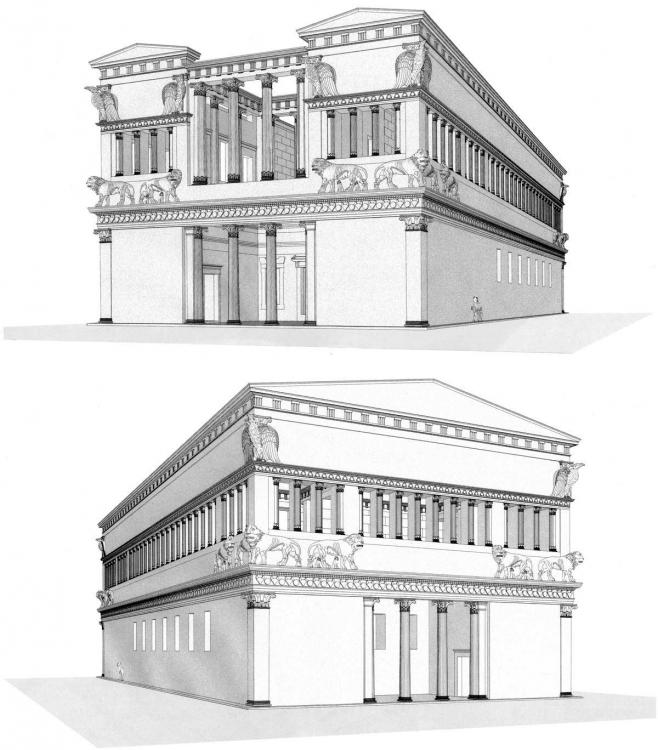
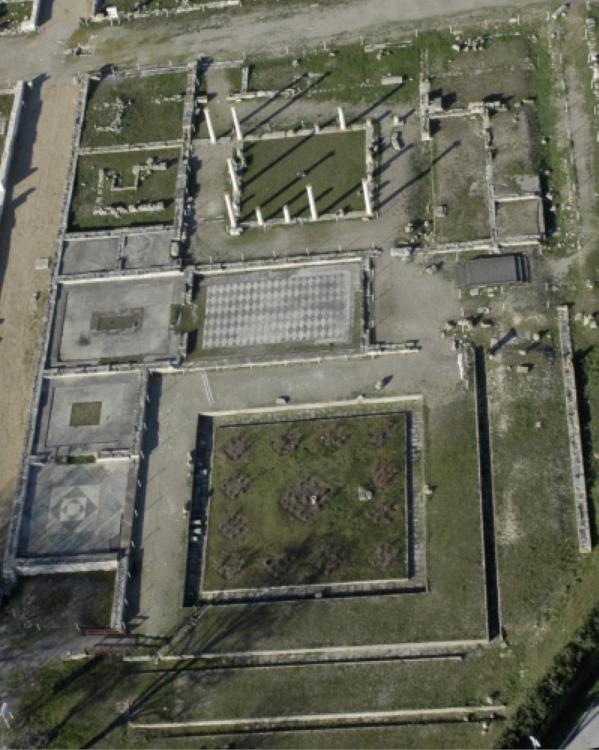
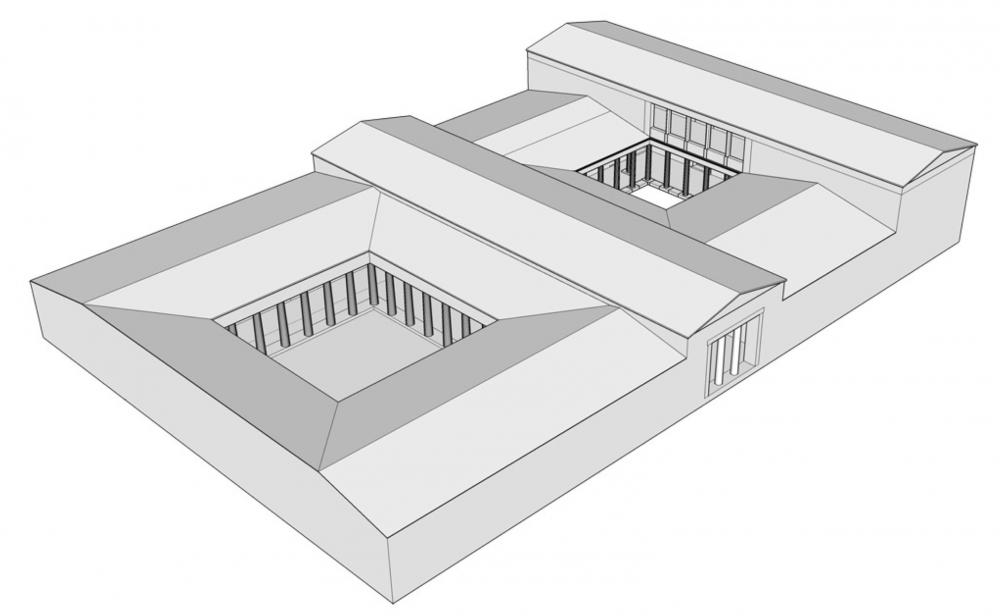
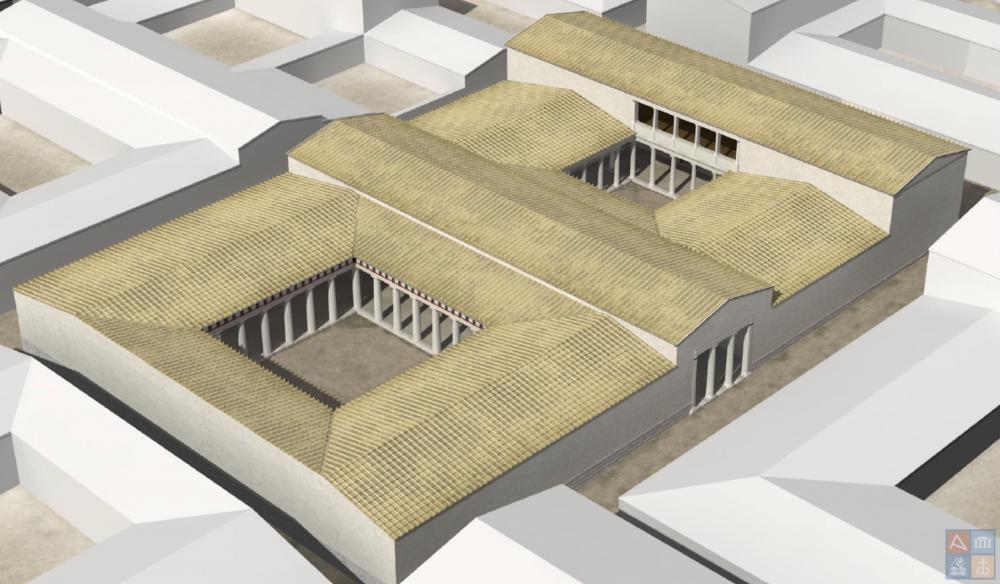
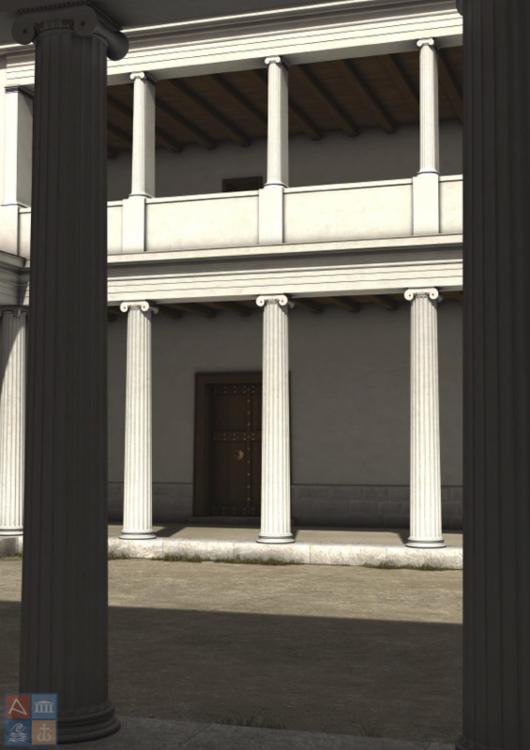
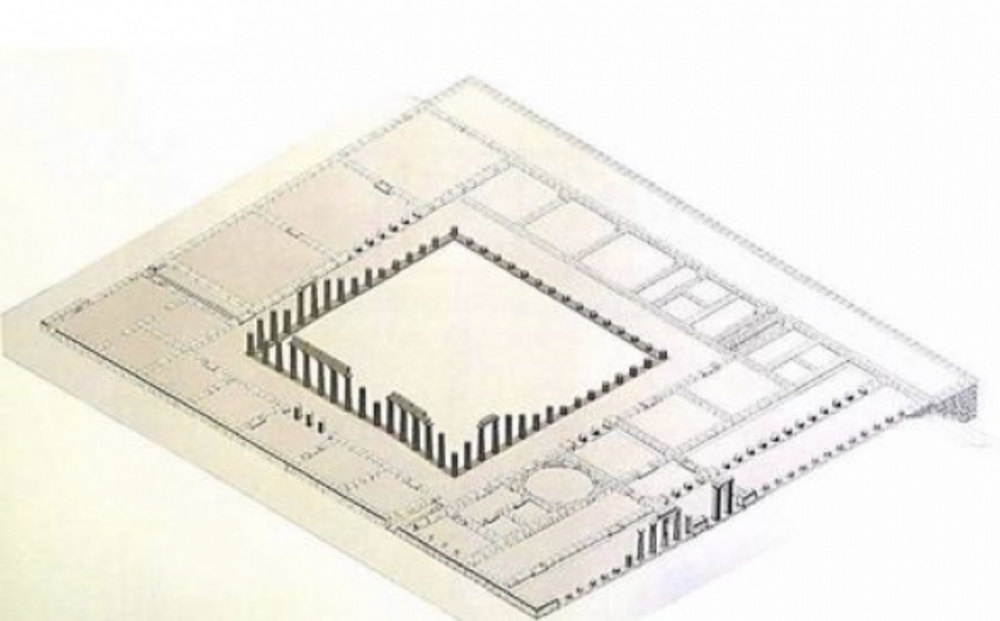
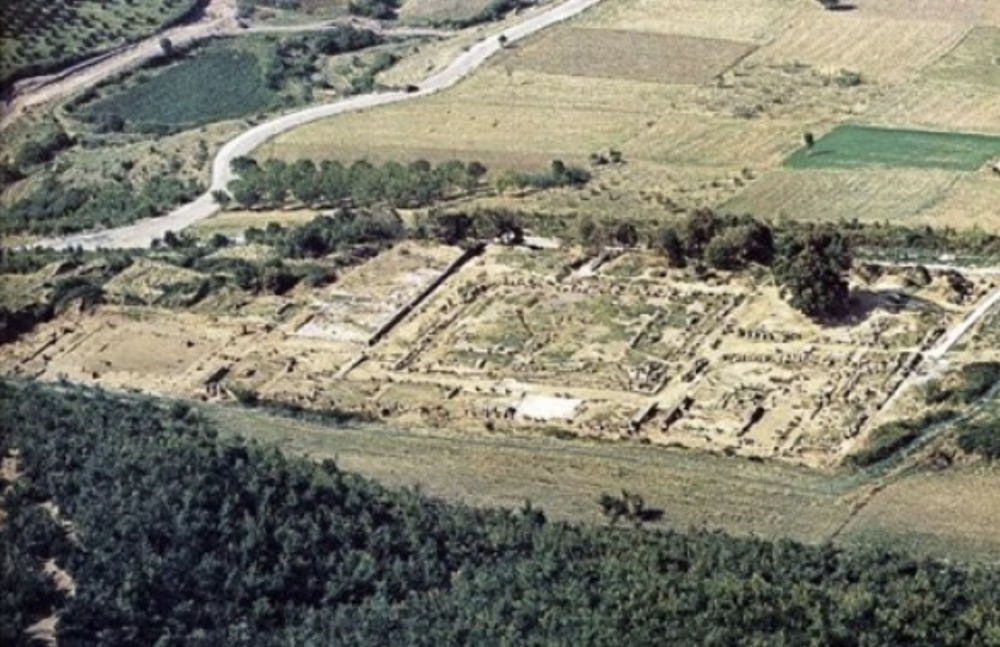
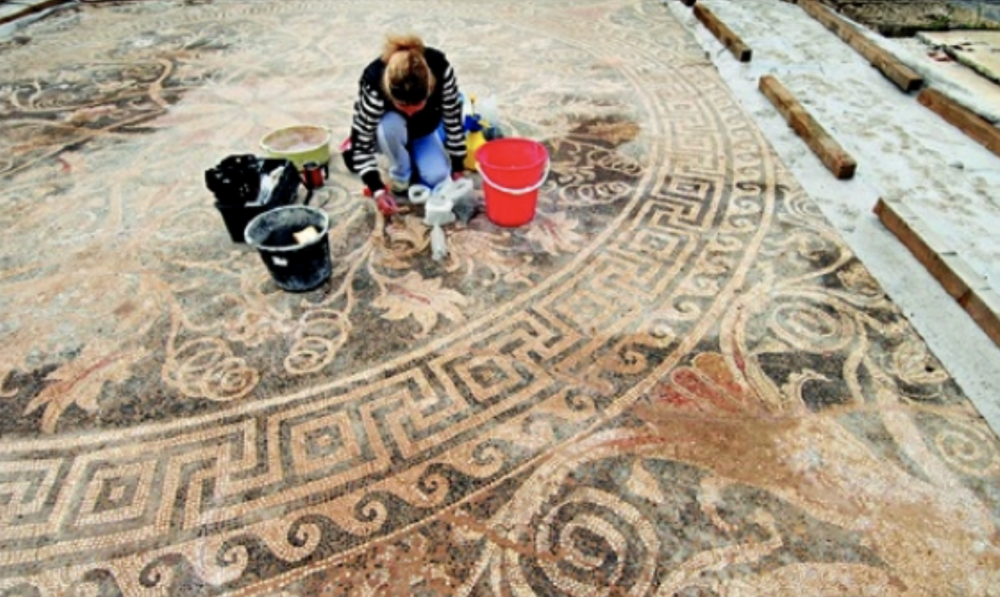
.jpg.a5feb0e4b9933de59f559b3bbc694fef.jpg)
